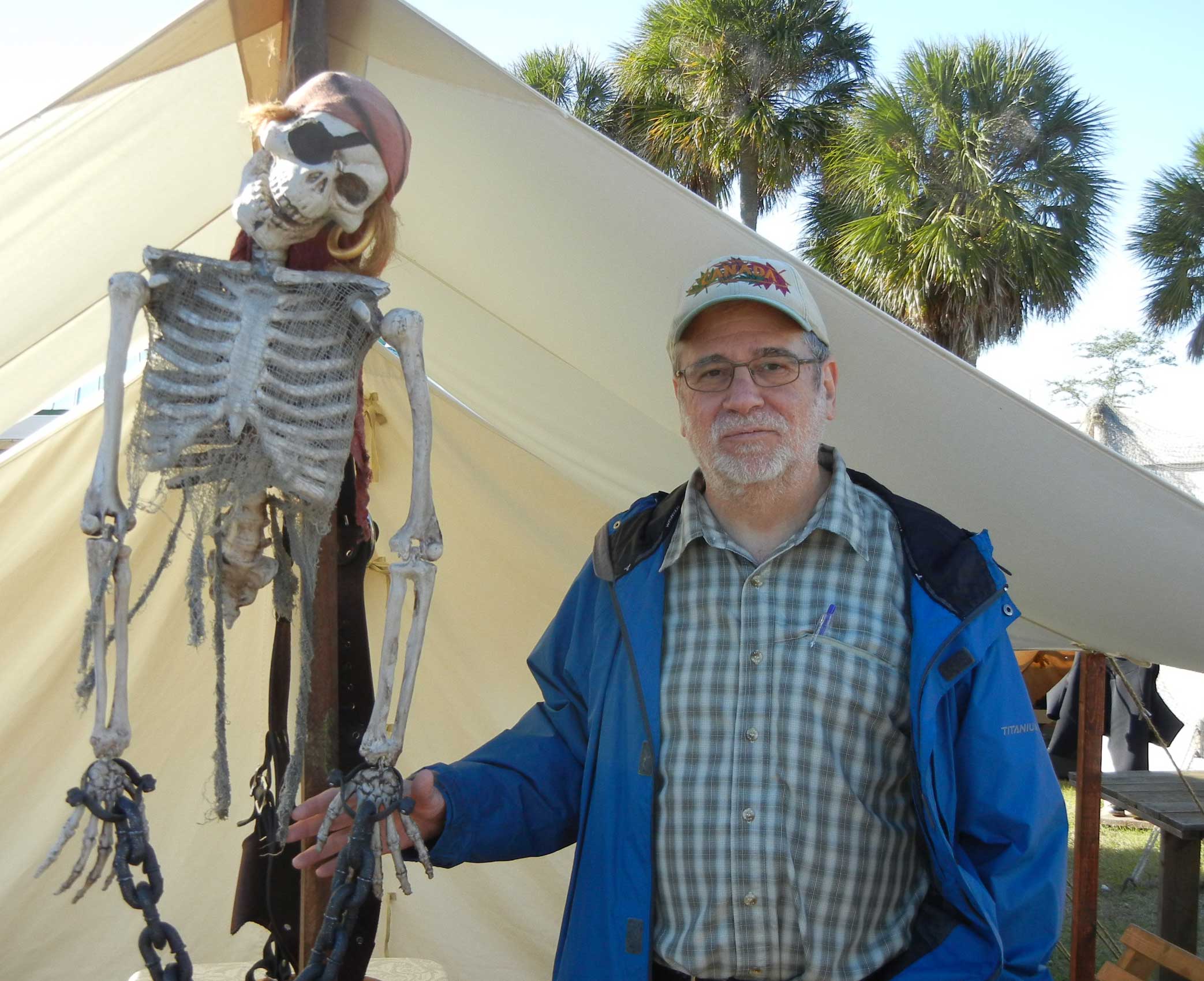The World is a Wild Place
People are different. Not just in appearance, or restaurant preference. Not just in intelligence, but how they apprehend the world. You might say there’s a pencil on a table. A Pacific Islander would say that the table lumps. You might say there are a few pencils on the table. The Islander would say the table lumps severally.
You might say that your father’s brother’s children are your cousins, while your male siblings are your brothers. In many societies though, your father’s brother’s children might be just as much your brothers as your male siblings.
You might believe in fundamentals, like honesty, loyalty, perseverance. Those are not universal cultural values. You might consider the biologist’s classification of species to be a scientific truth. Some peoples don’t care about species; they care more about tribe. They feel no loyalty or obligation to non-tribal humans. They may not even have a concept of a species. Reality for some cultures is something that can only be experienced with hallucinogens way stronger than LSD.
The world is an amazing, diverse place. It’s a frightening place if you look at it closely. Most people, and especially the media like to camouflage diversity, pretending that the differences between peoples are superficial. As my beloved teacher wrote:
Though people differ in color and creed, they all love, quarrel, protect their children, etc., exactly as we do. The message is clear: we should love them because they are like us. But that statement has its questioning brother: what if they aren’t like us?
Edmund Carpenter, Oh, What a Blow that Phantom Gave me.
They’re not like us. That makes the world into a gold mine for writers. Look at other societies, other cultures. Up until the early nineteen sixties, anthropology focused on describing the diverse ways of life of people of the world. The anthropologists felt guilty though, that they might be tools of colonialism, and the field shifted towards political apologia. So get hold of some of the early works of anthropology: descriptions of Eskimos, Indians, Indonesians, Africans… Stone Age people, cannibals, farmers, peasants. For example, there’s a wonderful book published in 1959 about the Pathans, people who later became known as the Taliban. There’s great potential for stories in their combative culture.
My novel Quantum Cannibals,my short stories all make use of human cultural diversity. I bring together an Aztec war deity, a Siberian transvestite, and an Eskimo shaman; I toss in an archaeologist to help explain. I dump them in Mesopotamia, in the arctic, in a city. Headhunting cannibals recite Biblical psalms. A quantum scientist uses magic from Kurdish folklore. Bronze-Age demonology deals with transportation problems in a modern city.
The world is a wild place. Use it in your writing.
 Nathan Elberg has hunted and trapped with Indians and Eskimos, studied folklore, warfare, cannibalism, shamanism, Kabbalah, primitive art, and communications among other things. All these form part of the Quantum Cannibals world. He is doing a doctorate on the subject of popular beliefs in science and Judaism, is a member of SF Canada, and the Canadian Fantasy and Science Fiction Association. He has just launched Quantum Cannibals, a website and novel about science, progress, and culture.
Nathan Elberg has hunted and trapped with Indians and Eskimos, studied folklore, warfare, cannibalism, shamanism, Kabbalah, primitive art, and communications among other things. All these form part of the Quantum Cannibals world. He is doing a doctorate on the subject of popular beliefs in science and Judaism, is a member of SF Canada, and the Canadian Fantasy and Science Fiction Association. He has just launched Quantum Cannibals, a website and novel about science, progress, and culture.
Nathan’s recent short stories include:
- Dancing With Whiskey Jack; Bewildering Stories (estimated publication late 2013)
- Sticks, Stones, and Monsters; Bewildering Stories
- The Ways of the Goat; Portals print anthology, ed. Dorothy Davies; estimated publication late 2013.
- A Matter of Trust; The Lorelei Signal
- The Fire Snake Constellation; Roar and Thunder
- Iron Will, Broken Fingers; Shadows of the Mind anthology, ed. L. J. Gastineau
- Sitting in a Tipi, Waiting for a Truck; Scholars & Rogues Literary Journal
